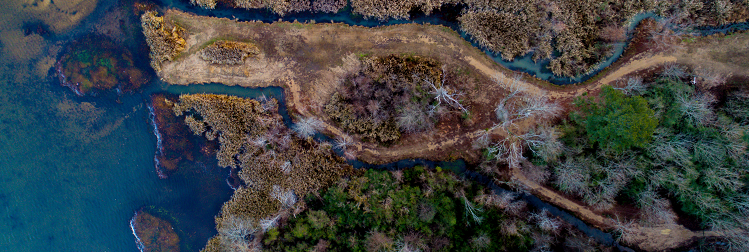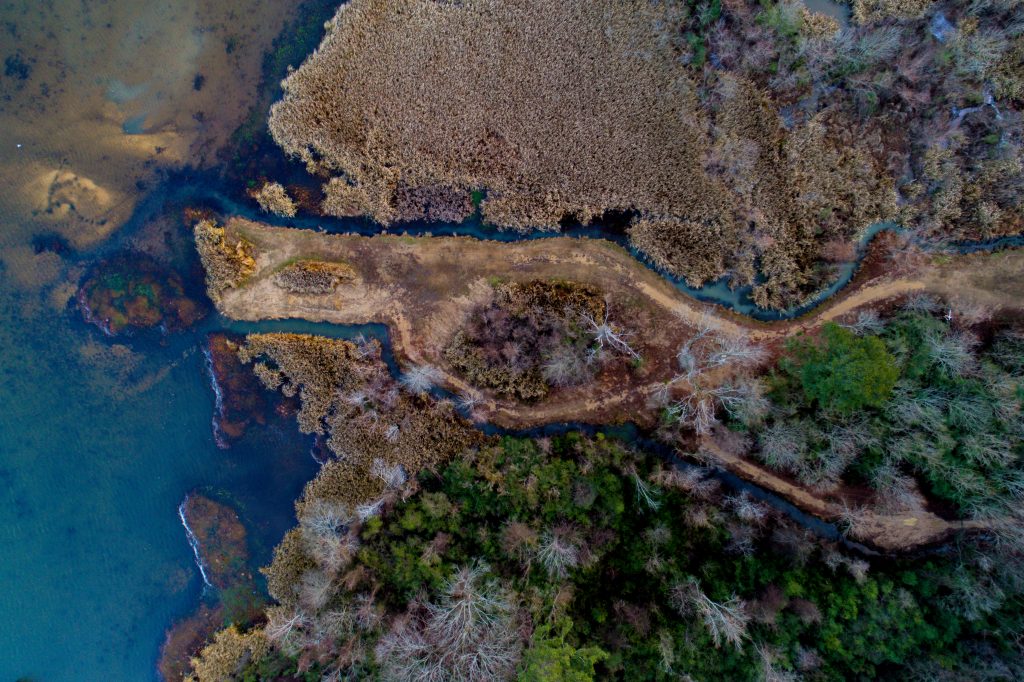Of making many books there is no end, and much study is a weariness of the flesh.
Ecclesiastes 12:12b
The multiplication of books does not inevitably lead to the multiplication of wisdom—or disciples. And it is the multiplication of disciples for which we are laboring, is it not?
In recent years, the number of books on discipleship have certainly multiplied, but I’m not convinced the number of disciples have multiplied accordingly. At best we are working with simple addition. At worst we are subtracting.
So why, with such a proliferation of books on discipleship, are we not seeing the multiplication of disciples? The reasons are almost certainly multi-faceted, and I am neither wise enough nor thorough enough to explore them all. But recently I have been thinking about how often books on discipleship, as well as conference talks and sermons, suggest a new model. What if, however, we didn’t need a new model but a new perspective?
What if we don't need a model for discipleship but a new perspective? – @krapin in "Discipleship as Estuary" on The Collegiate DiscipleMaker www.collegiatedisciplemaker.com Click To TweetEstuaries: Dynamic, Multi-Faceted Ecosystems for Growth
Several years ago I was reading Makoto Fujimura’s excellent book, Culture Care. In one particularly insightful chapter, Fujimura discusses cultural engagement through the analogy of an estuary. An estuary is a partially enclosed body of water near a coast that serves as a transition area between river and maritime environments. An estuary connects to the open sea on one side and has one or more rivers joining it on the other. The mix of fresh and salt water provides a nutrient rich environment that offers the necessary conditions for some of the world’s most diverse and productive natural habitats. For Fujimura, the estuary illustrates the dynamic, multi-faceted lives that interact with one another despite radically different characteristics.
When it comes to discipleship, we often use more linear and compartmentalized models. We tend to think of discipleship within homogenized communities of like people. Collegiate ministry is perhaps in most danger of this approach as we tend to have a very narrow age range of disciples, easily falling prey to the idea that most students are more or less similar types of people because they are in similar stages and contexts of life. Likewise, we tend to think of discipleship in more linear patterns, presenting discipleship models that are easily drawn with arrows or branches from a single source.
Jesus’s Ecosystem of Discipleship
But as I explore Jesus’ own practice of discipleship, it’s difficult to see how many of our models reflect in any meaningful way what Jesus Himself did. Jesus moved easily from Pharisees to Samaritans, children to adults, tax collectors to prostitutes, men to women, and many more. I think this was possible because Jesus saw His mission field as a living, breathing estuary; it was a mixed habitat that provided the context that fueled the lives of saints and sinners and everything in between.
Transforming Our Discipleship from Linear to Estuary
So what might it look like to view discipleship as a living estuary rather than a lifeless line-chart? I’ve been prayerfully seeking to live this out and figure it out along the way. This summer I’ve worked to build Christian community through two reading groups consisting of friends, family, acquaintances, and current and former students. One group has my dad in his sixties, a woman in her fifties, several 30-40-year-old men, a few recent college graduates, and an 18-year-old recent high school graduate. Another group has a 30-year-old sound technician at a Branson show, math, music, and history professors, and a couple of former students.
My writing group is even more mixed with a stay-at-home mom who writes children’s books, a mom trained in TESOL and interested in classical education, a former music professor, a campus minister who likes poetry, and so on. Then of course my wife and I are discipling our three children; I meet regularly with our church’s worship pastor, our former BSU assistant director, and two former students; and we are trying to build a strong community with a couple families.
We have regular conversations with neighbors in the subdivision we moved into last year, none of whom are Christians, and try our best to serve a couple of Christian families who are friends of ours and live a few houses further away. Oh, and my brother and his wife live two blocks from us.
Discipling College Students in an Estuary Environment
Here is the point—I go to campus to do a lot of our BSU ministry, but we invite students into our home regularly. What I have found is that the time students spend in our home is the thing they leave college remembering and being most impacted by.
"The time students spend in our home is the thing they leave college remembering most and being most impacted by." – @krapin in Discipleship as Estuary www.collegiatedisciplemaker.com Click To TweetLate in June we had a former student come to our house who is about to finish her third year as a missionary in Germany. She told us that the conversations we had at the kitchen table over bagels or while we were putting our children to bed were some of the best moments of her time in the BSU ministry. Moreover, when our students come join us in our home, they see and hear about the reading groups and the neighbors. They learn that all of life is lived out in our Christian vocation, not just the hours I clock in as a teacher or collegiate minister.
We don’t always (or maybe ever) do this well, but we try to do it. And I am more and more convinced that faithful Christian discipleship looks a whole lot more like the living, breathing, diverse estuary than it does a homogenous ecosystem for a few goldfish.
If you want to do collegiate discipleship well this semester, then do discipleship everywhere and with everyone, not just college students. For your discipleship to be effective, you don’t need a new model, a new program, or a new discipleship tree or map or graph—you just need a change of perspective to create a diverse ecosystem where people of all ages, races, interests, and personalities can grow and flourish.



